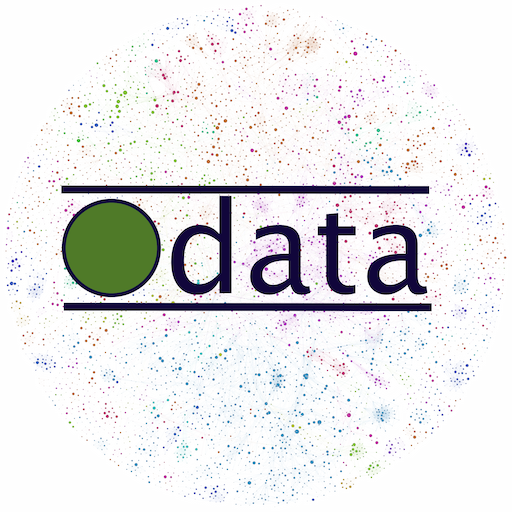Being in-between jobs for a (short) while, I spent the leap day yesterday at the Open Belgium conference in Antwerp. The announcement of the federal Open Data strategy in December 2015 has raised new expectations in the Belgian open data community. So, how are we doing?
During the opening panel discussion, Fedict Innovation Manager Christine Copers warned that the shift to open government data is not going to happen overnight. Take for example the the National Geographic Institute. From its 2013 yearly report, we learn that more than 15% of annual income is self-originated. At this moment, giving away map data for free without direct monetary compensation seems like a no-go.
Yet all is not lost. Since 1999, the Flemish authorities have invested €93 million into the development of the Large-Scale (Geographical) Reference Database. Keeping this database up to date requires another €7 million per annum. Nevertheless, in December 2015, the database was made freely available under the Gratis Open Data Licentie Vlaanderen. A simple registration is all that’s required. The open map data have recently supported the creation of a map of available youth space in the Flemish region. Local youth organizations including Chiro Vlaanderen and Scouts en Gidsen Vlaanderen are contributing themselves to create this extra layer, to their own benefit and that of society at large.
As a regular attendee - or should I say spectator - of my own municipality council, I participated actively in a brainstorm session on open data use cases for local government. One topic was proactive transparency in local decision making. What if the complete process leading to a local council decision was public by default, and open for Wikipedia-style amendments by any citizen or other stakeholder? Even though the final vote would still be made by elected representatives, much of its quality lies in how it was prepared. Civic engagement platforms like CitizenLab are available right now to serve as modern communication bridges between municipalities and citizens. To prevent reinvention of the wheel, Flemish organizations like VVSG and V-ICT-OR can (read: must) play a coordinating and facilitating role here, without doing all the work themselves. Even more so, because municipal budgets are scarcer than ever.
Data journalist Maarten Lambrechts listed do’s and don’ts for data publishers like Eurostat, OECD, Statistics Belgium or any other local data provider. As a data exchange format, PDFs are evil. As a story inducer, aggregate figures like the mean are useless. To give journalists and their graphic collaborators an incentive to comment on your data and graphs, make sure they can be easily recreated straight from the source. For complex data that require more time to handle, an embargo works just fine. To see what’s possible when all these conditions are met, check out this interactive map of daily commuters in Belgium.
The maxim “open your data and they will come and build” has not yet been proven in the (Belgian) field. Nevertheless, success will keep on depending on the collaboration between (governmental) publishers and users. In a data publication project, elaborate requirements, specifications and cost estimates are not the way to go. A better approach is to start small, and work iteratively towards on-the-spot discovery of new uses and applications, which may in turn lead to new data requirements. To promote this agile approach, large government agencies and institutions need a cultural change in the way they handle public procurement - if only to give start-ups in this field a reasonable chance to win their first deals.
